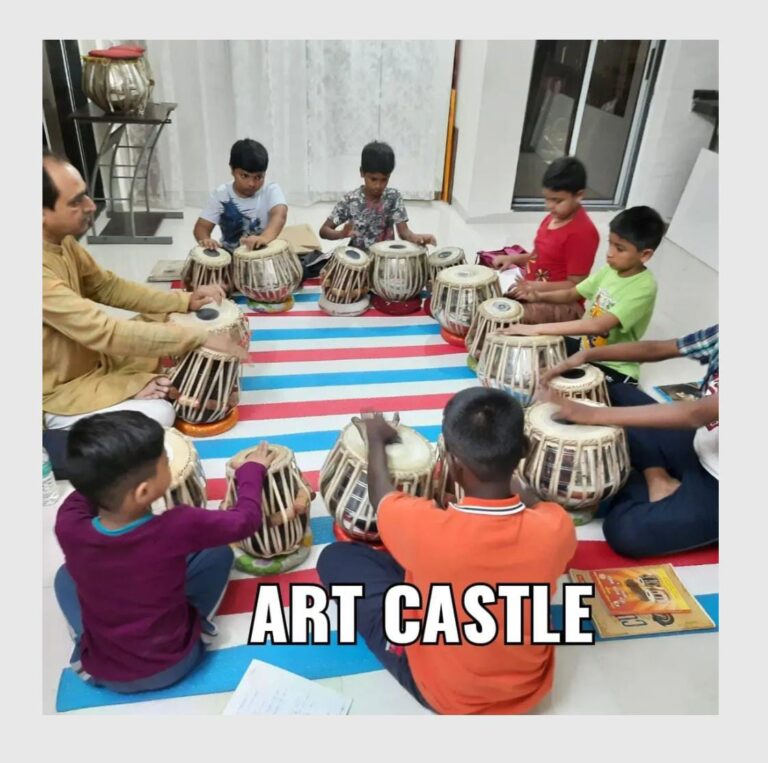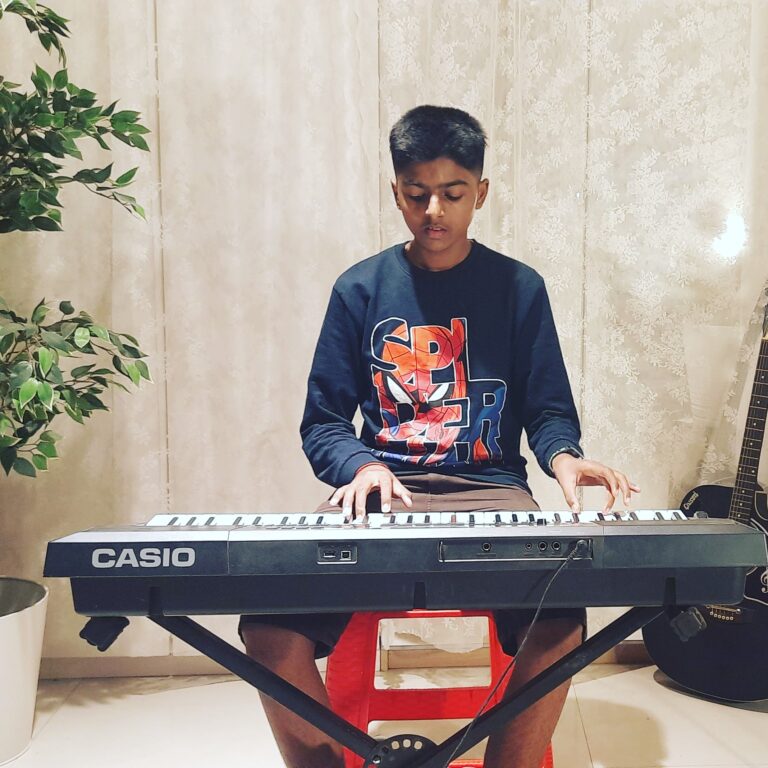CLASSICAL & WESTERN INSTRUMENTS- ART CASTLE SCHOOL
Musical instruments are devices designed to produce sound, enabling humans to create and enjoy music. They come in diverse forms, including strings, percussion, woodwinds, and brass. Each instrument has unique characteristics that contribute to different musical styles and traditions, enriching cultural expressions and emotional experiences through sound.
CLASSICAL INSTRUMENTS
ART CASTLE provides a rich and detailed examination of pure classical instruments, covering both Western and Indian traditions. Their resources offer comprehensive insights into instruments like the tabla, harmonium, flute, sitar, pakhawaj, and violin, each with its own unique history and cultural significance.
The tabla, a staple of Indian classical music, is explored in depth, with resources detailing its rhythmic complexities and its role in traditional performances. The harmonium, another essential instrument in Indian music, is discussed in terms of its development and use in both classical and devotional contexts. The sitar, renowned for its resonant, melodic sound, is examined for its intricate construction and its pivotal role in Hindustani classical music.
In Western classical traditions, the violin is analyzed for its evolution from early forms to modern concert instruments, highlighting its versatility and central role in orchestras and solo performances. The pakhawaj, a traditional North Indian drum, is also covered, offering insights into its distinctive sound and use in classical compositions.
Art Castle’s resources provide detailed historical background, technical descriptions, and performance techniques for each of these instruments, fostering a deeper understanding and appreciation of their place in classical music traditions.
ART CASTLE SCHOOL offers a thorough exploration of Western classical instruments, providing in-depth resources on instruments like the violin, piano, cello, flute, guitar and trumpet. Their materials delve into the rich histories, construction techniques, and roles of these instruments in classical music.
The violin, a cornerstone of Western orchestras, is examined from its origins in the 16th century to its modern form, highlighting its evolution, playing techniques, and prominent repertoire. The piano’s development is also covered, from its early fortepiano versions to contemporary grand pianos, illustrating its crucial role in solo and ensemble settings.
The cello’s rich, warm tone is explored through its historical development and its integral role in both orchestral and chamber music. The flute’s origins and its transformation from the Baroque to the modern instrument are detailed, emphasizing its versatility and expressive capabilities. The trumpet’s evolution from ancient times to its current form in orchestral and solo performance is also addressed.
Art Castle’s resources include detailed technical descriptions, historical contexts, and performance practices, enriching the understanding of these instruments. By exploring their craftsmanship and musical contributions, Art Castle helps enthusiasts and students appreciate the artistry and evolution of Western classical instruments.

